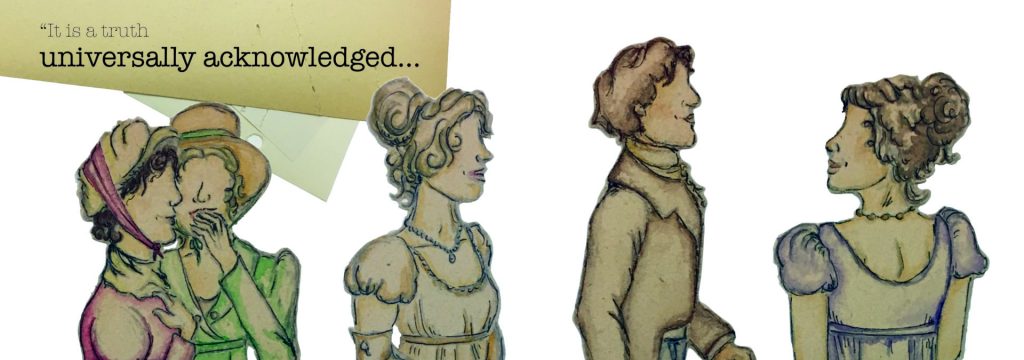
By Monica VanDerWeide, ’95
For more than two centuries, readers around the world have adored Jane Austen’s classic love story, Pride and Prejudice, enthralled by the adventures (and misadventures) of the Bennet sisters, their beaus, and their ultimate quests for domestic felicity. While the societal norms of Georgian England so critical to the story no longer dictate the rules of modern courtship, Pride and Prejudice remains tremendously relevant today. “At its heart, Pride and Prejudice is about human relationships, how to know people,” says Dr. Lorraine Murphy, associate professor of English at Hillsdale College. To understand Pride and Prejudice fully, Murphy offers the following background information and encourages readers to look for these three relational truths.
Background
Before diving into Pride and Prejudice, it’s helpful to understand the time and culture of the story, which takes place in England circa 1800. “Austen wrote about a narrow segment of society known as the landed gentry,” Murphy says. People in this class owned land that they rented out, mainly to farmers, and lived off the income generated from the rented property. Most lived in the provinces outside of London, although those with higher incomes might also own a home in London. Jane Austen was herself a part of the landed gentry, so she wrote with familiarity about this part of society.
Also common to the culture of this time was the expectation that a woman would receive a dowry, or inheritance, to take into her marriage. Because the Bennet family fell at the lower end of the landed gentry, and because Mr. Bennet had five daughters, their marrying men “in possession of a good fortune” would prove to be very advantageous!
Relational Truths and Themes
- The relationship between the individual and community—Courtship was a community endeavor in Pride and Prejudice. The neighborhood balls and dinners, as well as calling on eligible bachelors like Mr. Bingley and Mr. Darcy, gave the Bennets’ neighbors and relatives opportunities to interact with and gauge the suitability of potential husbands for the Bennet daughters. “The community played a big role in guiding women,” Murphy says. “The extreme formality and the social conventions were really designed to protect young women from being taken advantage of by men, as in what happens to Lydia Bennet.”
- The relationship between forming judgments and gaining trust—Austen’s original book title was First Impressions. Elizabeth learns over the course of the book how mistaken she was in her first impressions of Darcy and Wickham, impressions that likewise led others astray in their judgments. Likewise, Darcy realizes he has formed erroneous judgments of Jane and Elizabeth. “The process of the characters forming these judgments brings about humility and shows fallibility,” Murphy says. “As a result, the characters grow and learn who they can trust. In many ways, learning to trust someone is an act of faith. When Elizabeth confides in Darcy about what has happened to her sister Lydia, she exhibits an act of faith that ultimately allows Darcy to work on her behalf toward a happy ending.”
- The relationship between respect and love—“In this story, and in this era, marriage was considered a pragmatic alliance,” Murphy says. “A man and his family considered what assets a woman would bring into a marriage.” Yet one of the most important assets was one that could not be measured monetarily—respect. Even though courtships played out over a relatively short timeframe compared to today, people believed that affection would come later if respect existed between the betrothed. In Darcy’s first proposal to Elizabeth, he offends her with his disrespectful comments toward her family: “Could you expect me to rejoice in the inferiority of your connections?” But as Elizabeth examines her judgments and Darcy realizes his faults, they eventually come to a mutual respect, which then allows their love to bloom. “Today, we put so much emphasis on the passion—the emotion—of love,” Murphy says. “Austen, however, emphasizes the care and the acts of kindness and selflessness that build the foundation leading to love.”
Click here for a downloadable (PDF format) Pride and Prejudice poster for use in your classroom.
